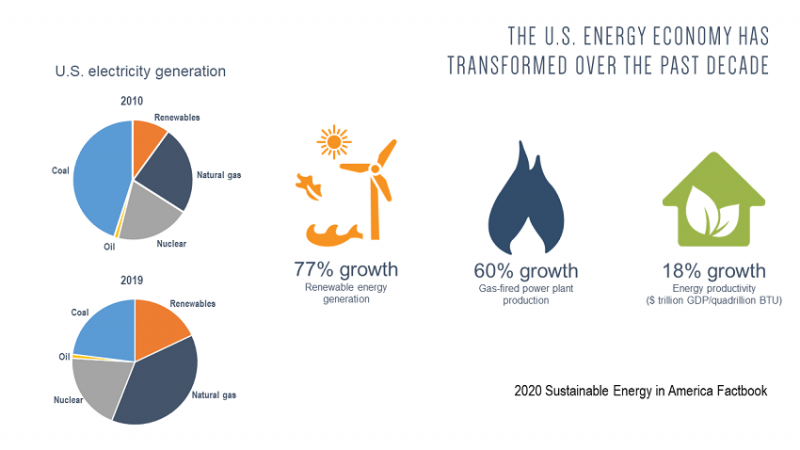Insight into Federal Programs | Just Transition
January 17, 2024
April 22, 2020 | Lynn Abramson, President, CEBN
Fifty years ago today, a bipartisan coalition of lawmakers and activists came together to launch the first Earth Day, calling public attention to the growing deterioration of the environment. Now every year, people across the world come together on April 22 to celebrate the unparalleled gift that is our Earth—unique among any planet we have yet discovered in its ability to sustain life. And each year, we recognize the fragility of this gift and our responsibility to protect it.
This year, Earth Day will look very different in most communities than it has in the past, as we are in the midst of a significant public health crisis.
Children will not gather at colorful fairs to do arts and crafts. Music lovers will not pour by the thousands into concerts. Environmental activists will not rally in the streets. For most people, this Earth Day will be spent quietly at home. But while we remain physically distant, we can still come together in spirit to celebrate our collective home and call attention to the environmental challenges that we face.
Climate change is the most pervasive threat facing our planet.
The good news is, we have made some progress in addressing this threat. We are deploying clean energy solutions on a scale that was unimaginable a decade ago. Data from the 2020 Sustainable Energy in America Factbook illustrates the significant transformation of our energy economy from 2009-2019.
In 2010, nearly half of our nation’s electricity came from coal. Today, that’s down to about a quarter. We are also seeing more innovations in carbon-control strategies and technologies begin to reach the market.
Renewable energy, energy efficiency, and natural gas now comprise the growth sectors of the U.S. energy economy. In 2019, these sectors supplied more than half our electricity, employed 3.2 million American workers, and were pumping more than $60 billion a year in private investment into our economy.
To highlight just a few indicators of how different the picture looks today than a decade ago:
And these changes are not coming at greater cost: In fact, total monthly household expenditures on energy were down by one-third in 2019 compared to 2010.

We are not just seeing these trends in the United States. Globally over the next 30 years, zero-carbon fuels will supply two-thirds of electricity and attract more than three-quarters of investment in new power generation assets ($13.3 trillion), according to Bloomberg’s New Energy Outlook.
As a result of these changes, U.S. greenhouse gas emissions decreased about 4.3% over the past decade, and in 2019 were 12% below 2005 levels.
While this progress is substantial, it is still not nearly enough to follow through on prior U.S. pledges to cut emissions 26-28% from 2005 levels by 2025. The reality is that the 2010s were the warmest decade on record and 2019 was the second-warmest year—and we are already feeling the effects of climate change.
As noted earlier, this year looks very different. U.S. greenhouse gas emissions are actually forecast to decline 7.5% this year alone as people stay home and the economy is ground to a halt. From the L.A. Basin to China, the skies have never been clearer. However, this is not really cause for celebration, as it is an artificial reality imposed by the COVID-19 crisis. Looking ahead, we will see a rebound in emissions when communities get back to work—unless we continue to accelerate clean energy deployment.
The clean energy industry has been hard hit by the COVID-19 crisis. More than 106,000 clean energy workers lost their jobs in the month of March alone, wiping out all the job gains in renewable energy, energy efficiency, clean vehicles and other clean energy sectors in 2019. Before this crisis, solar panel installers and wind turbine technicians were the fastest-growing jobs in America.
But after the immediate public health crisis abates, clean energy industries will be key to getting Americans back to work—innovating, manufacturing, and deploying the technologies that will power our future economy. CEBN’s Faces Behind the Facts profile series tells the stories of these Americans, who are building innovations in energy efficiency and solar, to novel hydropower tools, to lighter and stronger building materials.
Americans pride ourselves on our resilience. We are innovators and problem-solvers. As we celebrate the 50th anniversary of Earth Day under trying circumstances, we can look ahead to applying that spirit of resilience to overcoming the collective challenges we face, including climate change.
The CEBN is pleased to highlight ‘Powering Forward,’ a new webinar series produced in partnership with BCSE, our parent organization. This series acknowledges unique impacts facing clean energy industries during the COVID-19 crisis, along with the vital role of our sectors in a post-COVID era. Launching two days after Earth Day on Friday, April 22, the first installment will explore a new program from FEMA on pre-disaster mitigation. Learn about this program and how energy infrastructure fits into the equation.